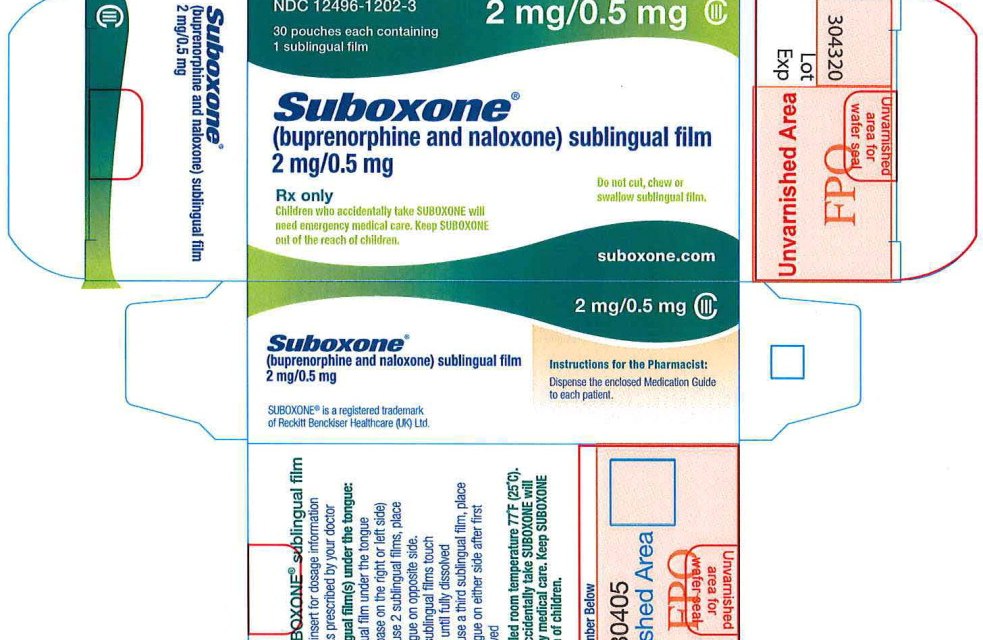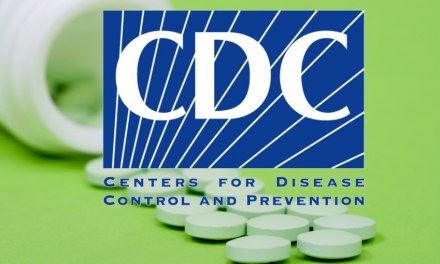Lately I’ve been involved in several online discussions of opioid maintenance therapy (OMT), both in terms of traditional methadone maintenance and the newer version that relies on buprenorphine (principally Suboxone). I’ve been asking about the prognosis for someone coming off an extended course of opioid maintenance (say three to five years). What’s the likelihood that a typical client who does so will remain opioid-free?
Here’s why I ask: there are several elements to a model of treatment.
- First, a description of the disorder we propose to treat.
- Second, a theory about its causes (etiology).
- Third, a list of symptoms by which it may be recognized .
- Fourth, a proposed treatment; and
- Fifth, a likely outcome or prognosis, for persons who have the disorder.
In the case of OMT, I think the fifth requirement has to at least include the answer to my question. What are the chances that someone who decides to come off OMT at some point will remain opioid-free? It’s a simple question, I think. But I found it a challenge to get an answer.
That surprised me, given all the research and experience we’ve accumulated. You’d think some researcher would know the answer down to a decimal point. One experienced OMT doc did report that 20% of clients eventually detoxed voluntarily and about half of those returned to OMT within two years. That’s only one program, obviously, and only methadone. But it does suggest that about one in 10 clients achieve that goal.
I’d like to hear from other clinicians about their experience; even more, see some research. That same doc expressed some concern that the information might make addicts more reluctant to enroll. That’s not my intent. I just want to know what’s likely to happen to somebody who we refer to OMT.
Isn’t that what is meant by informed client choice? It’s a value in modern behavioral healthcare. The client to be a full partner in recovery. That means accurate information about the likely outcome of decisions made early in treatment.
Am I off base here? Shouldn’t we be discussing this?
I’m sure folks are tired of hearing that we now have almost half a million people on Suboxone, and another 200,000-plus on methadone, but as I understand it, them’s the facts, ma’am. We should by this time have plenty of data to analyze. I think we should answer this question, and debate its implications, because the population of OMT clients is likely to continue growing – – given the opioid epidemic. It’s a sort of thing we should think about now rather than later.
Do you agree? Or not?














Suboxone in my area is for maintenance. Patients are dosed high for years. Most people I’ve seen have done both methadone and suboxone. I’ve seen over 400 people and one is doing well. Short term detox with therapy gives people the best chance but no matter what it comes down to willingness. Bring open with others and explaining that they will have to eventually have to go through their own crucible, if they really want to get well. Ive done both and been in recovery for five years. There is two things I was incapable of doing when getting any form of substance and this includes my time on suboxone. Moving forward was not attainable if im still getting high. I was still getting something to distract me from having deal with emotional and physical pain. I got high off suboxone, and I was at 8 mg. When I was getting whether FDA approved or Jeff approved substances I was able to truly be able to focus on making the necessary changes in support groups or outpatient CBT therapy, mainly because I was still getting high. There is no easy way. I tell people everyday. I work as hard at staying sober and being of benefit to others as I i did at using. With more resources and with some it may take a year of treatment, getting them housing, getting a job, proper coping skills. Hazelden in Center City is the closest ive seen to making thia a reality. Long term this helps people first bd foremost with the disease of addiction and financially it helps our country.
this experienced suboxone OMT doc: ~ 40% of clients detox at 1 to 2 yrs ( the latter my recommendation after slow taper to ~ 2m/day ), and about half of those returned to long term OMT within a month or so … resume Rx at very low dose. Back out into the wilderness ( i was there) 40 to 60%. Studies needed for suboxone Rx.
It’s a good question. I think it’s important to ask clients what they want from treatment rather than what treatment is going to give them. The evidence that methadone is associated with reducing harm is substantial. The evidence that it is a route to abstinent recovery is not good. We ought to be up front about that when talking with clients and ensure that they are making informed choices.
I’ve taken a look at this a few times on my blog, Recovery Review.
I am of the belief that addiction is in itself a primary diagnosis and not a result of an underlying cause. I am first and foremost a firm believer in abstinence based treatment for addiction. I also believe in meeting a person where they are in order to facilitate change. As this post suggests, I agree with the importance of looking at long term outcomes. Without a comprehensive program of recovery (sober support system, family recovery, basic education about addiction, coping skills, spiritual connection, recovery plan, relapse prevention plan, etc) a person trying to get clean using just medication management will struggle. The medical community and medication management community who prescribe suboxone & methadone do a disservice to addicts by not requiring them to take an active part in a comprehensive program of recovery.
I agree with you JT Junig MD PhD that without a remission plan that relapse is high. That is why the Waismann Method detoxes patients then transfers them to Domus Retreat. While there, they meet one on one with a psychotherapist to determine the underlying causes of addiction. Once that is assessed, a remission treatment plan is developed. Using naltrexone combined with the specific and unique treatment plan usually including some form of therapy helps reduce relapse rates.
I follow patients with opioid dependence for years and years. I’ve had many patients who have been through medicated detox, including the Waismann method. I can see where someone treating a person, then sending that person home– maybe calling on the phone for a few months– would see the approach as interesting and lucrative. But after following over 800 people over time, I’ve come to see rapid detox (and residential treatment) as a waste of patient resources. The vast majority of patients relapse within a year of detox, and many die. ‘Not to bash the Waismann method’, but it is easy to polish an addict up after a week or month or year. But without a remission treatment plan, most opioid addicts end up back where they started. Even the short-term bupe docs get around to reading outcome studies– and most responsible docs have abandoned temporary treatment strategies.
From the different sources I’ve read online from people who directly use suboxone, it has been successful and a lifesaver for some. However, because it is an opiate and has the potential for addiction, people have gotten addicted and if anything is really one of the top drugs we now detox people from here at the Waismann Method. Again, not to bash suboxone because at the end of the day, the goal is to help the addict recover. There are different tools and methods in doing this. I would love to see more data on this topic.
Great question! I will be following this with interest.